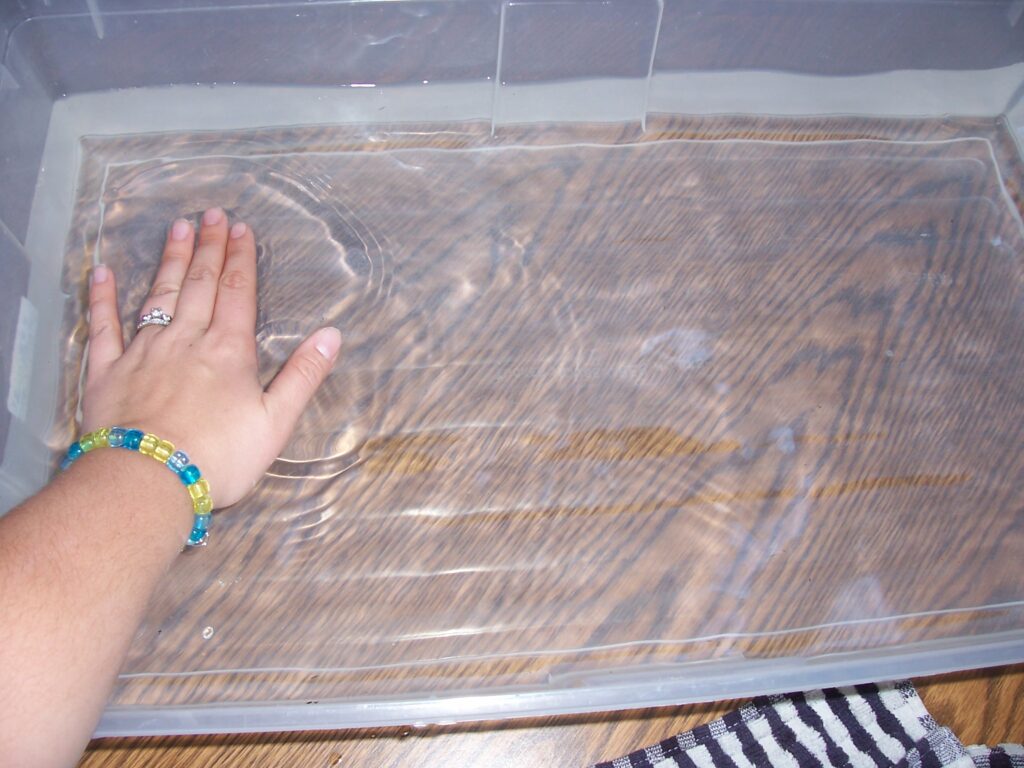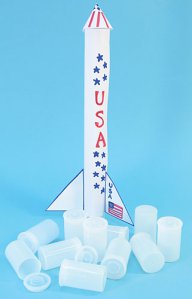
by: Janice VanCleave
As a teacher, I enjoyed having people visit my class. It brought out the “ham” in me and I did and said things that even surprised me. Rubbing a balloon on my hair and making my hair stand on ends was not unusual, but climbing on top of my desk sticking the charged balloon to the ceiling was a bit over the top.
What I disliked was the unscheduled visitor with an evaluation sheet in hand. But, I was always prepared. In fact, I had a box filled with materials for fun engaging activities. It was my “Emergency Experiment Box.” When the evaluator unexpectedly arrived, out came the box and the show began.
My teaching abilities were being evaluated during an unexpected visit, so I was prepared to show all my best qualities. I suggest you have an Emergency Experiment Box, and I do recommend including the Energy Ball.
Whatever you put in your box, make sure you know as much about the experiment as possible. The Energy Ball is great for teaching the scientific method. Too often kids memorize the steps of the scientific method, but do not use them on a daily bases. The scientific method is a set of problem solving tools—but every problem does not require using every instrument in the tool box.
I regress, let me get back to using the Energy Ball to fire up your students with or without unexpected guests.



 Posted by Tami O'Connor
Posted by Tami O'Connor  by: Michelle Bertke
by: Michelle Bertke
 by: Tami O’Connor – Taken From Litetronics
by: Tami O’Connor – Taken From Litetronics by: Martin Sagendorf
by: Martin Sagendorf